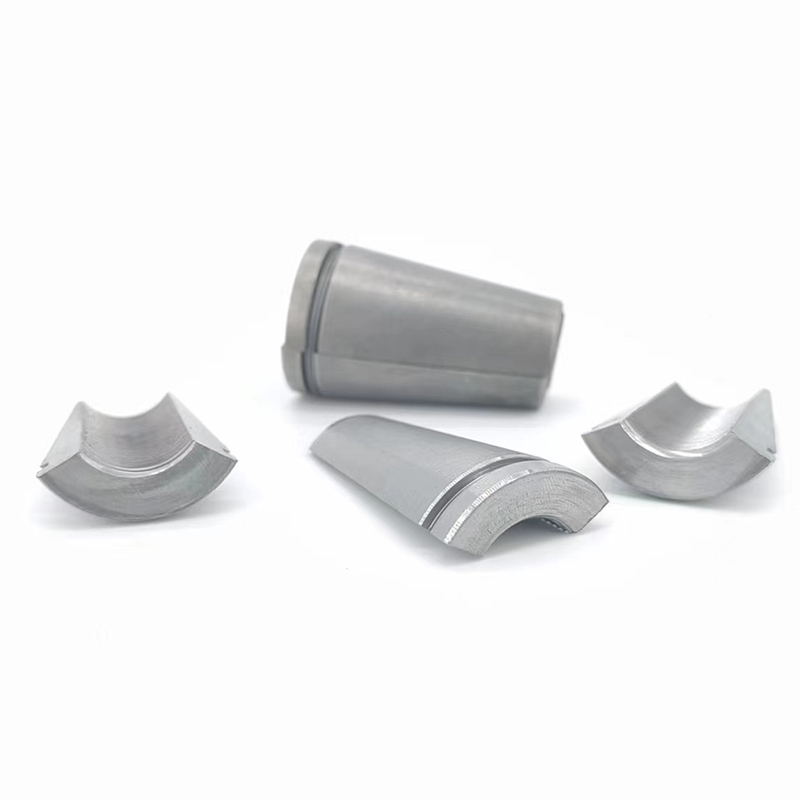Unveiling the Power of Post-Tensioning Wedges in Structural Engineering
In the dynamic world of structural engineering, innovations and advancements continually reshape the landscape, paving the way for more efficient and robust construction techniques. One such groundbreaking technology that has gained immense popularity is post-tensioning, and at the heart of this method lies a critical component – the post-tensioning wedge. In this comprehensive guide, we delve into the intricacies of post-tensioning and shed light on the pivotal role played by post-tensioning wedges in modern construction.
Post-tensioning is a sophisticated construction technique designed to enhance the strength and durability of concrete structures. Unlike traditional methods, which rely solely on the compressive strength of concrete, post-tensioning introduces an ingenious approach by introducing tension to the concrete after it has been cast. This results in a structure that can withstand greater loads and exhibits increased longevity.
The Core Components of Post-Tensioning
To comprehend the significance of post-tensioning wedges, it's essential to grasp the key components of the entire system. A typical post-tensioning system comprises high-strength tendons, ducts, and, of course, the indispensable post-tensioning wedges.
1. Tendons
Tendons are the backbone of post tensioning, providing the tensile strength needed to reinforce concrete. These high-strength steel cables or bars are strategically placed within the concrete forms and serve as the primary source of tension.
2. Ducts
Ducts act as conduits for the tendons, ensuring they are protected from external elements such as corrosion. These protective sheaths play a crucial role in maintaining the integrity of the tendons over time.
The Crucial Role of Post-Tensioning Wedges
Amidst these components, post-tensioning wedges emerge as unsung heroes, facilitating the entire tensioning process. Let's delve into the specifics of their role and why they are indispensable in the world of post-tensioning.
Unraveling the Significance of Post-Tensioning Wedges
1. Tensioning Process
Post-tensioning wedges are pivotal during the tensioning process. As tension is applied to the tendons, the wedges ensure a secure grip, preventing any slippage. This meticulous control over the tensioning process is what sets post-tensioning apart from conventional construction methods.
2. Adjustability
What makes post-tensioning wedges truly remarkable is their adjustability. Construction projects often demand precise control over the amount of tension applied. Post-tensioning wedges allow engineers to fine-tune the tension levels, catering to the specific requirements of each project.
3. Load Distribution
In the realm of structural engineering, even load distribution is paramount. Post tension wedges play a vital role in achieving this equilibrium by ensuring that the tension applied to the tendons is evenly distributed, preventing localized stress points.
Advantages of Post-Tensioning with Quality Wedges
1. Increased Structural Longevity
By harnessing the benefits of post-tensioning wedges, structures not only gain immediate strength but also enjoy increased longevity. The controlled application of tension results in structures that can withstand the test of time, resisting the forces of nature with resilience.
2. Cost-Efficiency
While innovation often comes with a perception of increased costs, post-tensioning with quality wedges proves to be a cost-efficient choice in the long run. The extended lifespan of structures and reduced maintenance contribute to a favorable return on investment.
Conclusion
In the ever-evolving landscape of construction engineering, the role of post-tensioning wedges stands out as a testament to human ingenuity. As we continue to push the boundaries of what is achievable, these small yet crucial components play a pivotal role in shaping the buildings and infrastructure of the future.


